Bandages
A bandage is a piece of material used either to support a medical device such as a dressing or splint, or on its own to provide support to or to restrict the movement of a part of the body. When used with a dressing, the dressing is applied directly on a wound, and a bandage used to hold the dressing in place. Other bandages are used without dressings, such as elastic bandages that are used to reduce swelling or provide support to a sprained ankle. Tight bandages can be used to slow blood flow to an extremity, such as when a leg or arm is bleeding heavily.
Bandages are available in a wide range of types, from generic cloth strips to specialized shaped bandages designed for a specific limb or part of the body. Bandages can often be improvised as the situation demands, using clothing, blankets or other material.
Triangular bandage
Also known as a cravat bandage, a triangular bandage is a piece of cloth put into a right-angled triangle, and often provided with safety pins to secure it in place. It can be used fully unrolled as a sling, folded as a normal bandage, or for specialized applications, as on the head. One advantage of this type of bandage is that it can be makeshift and made from a fabric scrap or a piece of clothing.
Tube bandage
A tube bandage is applied using an applicator, and is woven in a continuous circle. It is used to hold dressings or splints on to limbs, or to provide support to sprains and strains, so that it stops bleeding.
Compression bandage
Short stretch compression bandages are good for protecting wounds on one's hands, especially on one's fingers.
Short stretch compression bandages are applied to a limb (usually for treatment of lymphedema or venous ulcers). This type of bandage is capable of shortening around the limb after application and is therefore not exerting ever-increasing pressure during inactivity. This dynamic is called resting pressure and is considered safe and comfortable for long-term treatment. Conversely, the stability of the bandage creates a very high resistance to stretch when pressure is applied through internal muscle contraction and joint movement. This force is called working pressure.
Long stretch compression bandages have long stretch properties, meaning their high compressive power can be easily adjusted. However, they also have a very high resting pressure and must be removed at night or if the patient is in a resting position.
Crepe Bandage Medium All Cotton Medicrepe Latex Free 5cm To 15cm Medical Aid
..
$15.40 Ex Tax: $14.00
Crepe Bandage Medium Compression Off White Medical Elastic Bandage 5cm To 15cm
..
$12.10 Ex Tax: $11.00
Fibreglass Casting Bandages 5cm X 3.6m (10-box) Mixed Colours Delta Lite Plus
..
$209.00 Ex Tax: $190.00
First Care Military 4" Israeli Trauma Compression Bandage With Pressure Bar
..
$16.50 Ex Tax: $15.00
First Care Military 6" Israeli Trauma Compression Bandage With Pressure Bar
..
$19.80 Ex Tax: $18.00
Medium Bandages Medicrepe Sterile 10cm X 1.5m (X 2) Sale Item Expired Stock 03/2017
..
$2.20 $6.60 Ex Tax: $2.00
Medium Bandages Medicrepe Sterile 7.5cm X 1.5m (X 2) Sale Item Short Expiry 12/2022
..
$3.30 $5.50 Ex Tax: $3.00
Medium Cotton First Aid Bandages Medicrepe 5cm, 7.5cm,10cm & 15cm X 1pack Of 4
..
$13.20 Ex Tax: $12.00
Medium Elastic Crepe Bandages Medicrepe 5cm X 1.5m (X6) Sale Item Expired Stock 07/2017
..
$6.60 $14.30 Ex Tax: $6.00
Snake Bite Bandage With Compression Indicator Heavy Duty 10cm X 4.5m x1 Piece
..
$5.50 Ex Tax: $5.00
Snake Bite Bandage with compression indicator. 10cm x 10.5m x12 Rolls Premium
SOLUTIONS MEDICAL PROVIDES QUALITY MEDICAL SUPPLIES DEVICES & EQUIPMENT Sna..
$88.00 Ex Tax: $80.00
Snake Bite Bandages With Compression Indicator 10cm Width X 4.5m Stretched x6 Pieces
SOLUTIONS MEDICAL PROVIDES QUALITY MEDICAL SUPPLIES DEVICES & EQUIPMENT Sna..
$33.00 Ex Tax: $30.00
Supra Grip Heavy Weight Elastic Bandage 5cm To 15cm X 4.5m Stretched Skin Tone
..
$17.60 Ex Tax: $16.00
Tubifast Two Way Stretch Tubular Bandage 10 Meter Roll
SOLUTIONS MEDICAL PROVIDES QUALITY MEDICAL SUPPLIES DEVICES & EQUIPMENT ..
$33.00 Ex Tax: $30.00
Tubular Padding Soft Bandage Tg Size (Medium) 10m Roll X 1
SOLUTIONS MEDICAL PROVIDES QUALITY MEDICAL SUPPLIES DEVICES & EQUIPMENT Tub..
$77.00 Ex Tax: $70.00
Tubular Padding Soft Bandage Tg Size (Medium) 1m Length X 1
SOLUTIONS MEDICAL PROVIDES QUALITY MEDICAL SUPPLIES DEVICES & EQUIPMENT Tub..
$15.40 Ex Tax: $14.00
Tubular Padding Soft Bandage Tg Size (Small) 10m Roll X 1
SOLUTIONS MEDICAL PROVIDES QUALITY MEDICAL SUPPLIES DEVICES & EQUIPMENT Tub..
$66.00 Ex Tax: $60.00
Tubular Padding Soft Bandage Tg Size (Small) 1m Length X 1
SOLUTIONS MEDICAL PROVIDES QUALITY MEDICAL SUPPLIES DEVICES & EQUIPMENT Tub..
$13.20 Ex Tax: $12.00
Tubular Support Compression Bandage Size (B) Small Washable 1 X 10m (6.5cm)
..
$29.70 Ex Tax: $27.00
Tubular Support Compression Bandage Size (D) Medium Washable 1 X 10m (7.5cm)
..
$34.10 Ex Tax: $31.00

 AUSTRALIA-WIDE SHIPPING $15
AUSTRALIA-WIDE SHIPPING $15
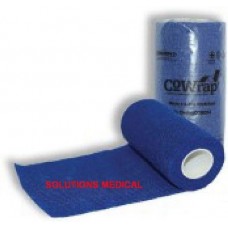

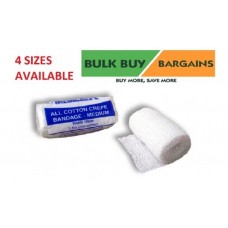
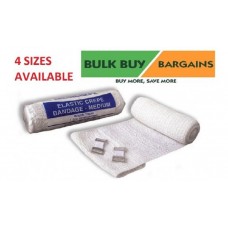
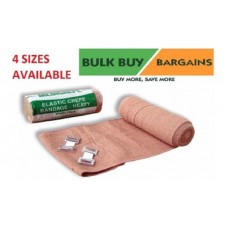

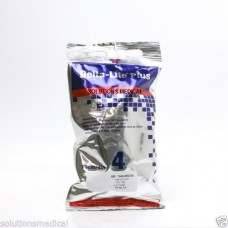
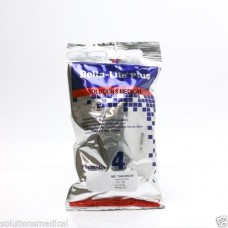
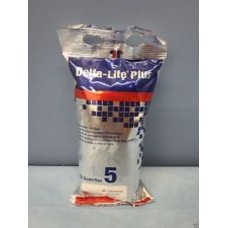
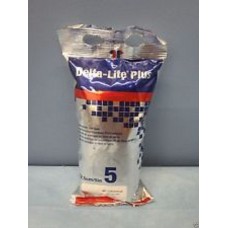


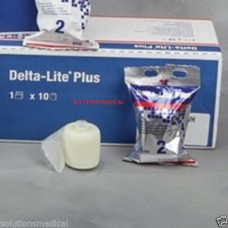


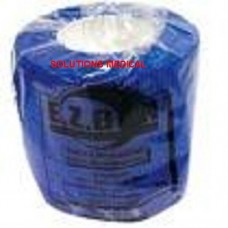
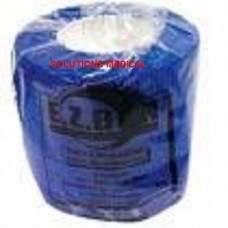
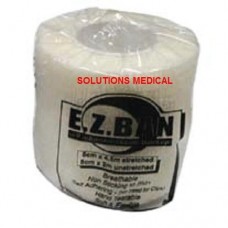



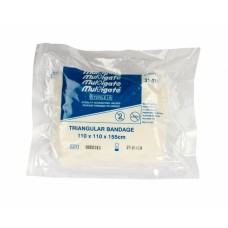

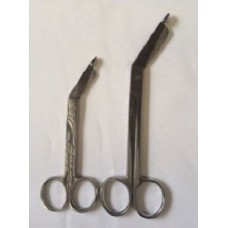


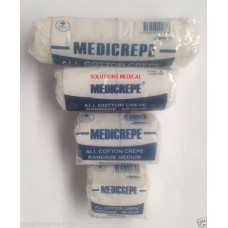


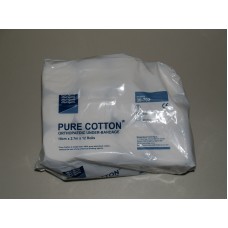





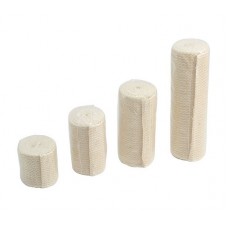

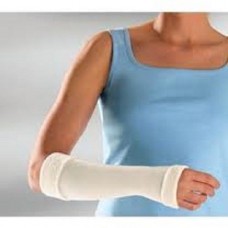
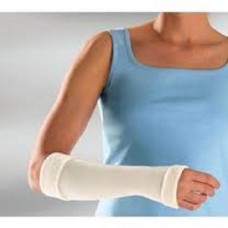

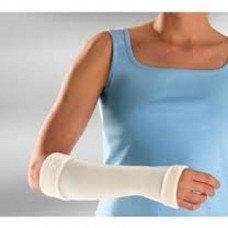
-228x228.jpg)

